Columbia ISA
Audio –
Video
• ALL TV
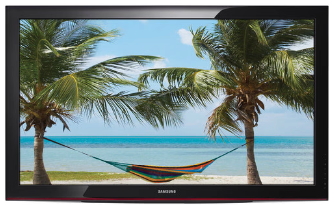
TV DISPLAYS
• Component Connection Diagrams
TV DISPLAYS
Samsung and LG are the current world wide TV market leaders with Samsung being the most popular by far. Aside from Samsung and LG, eight other TV makers comprise 75% of the market.
They include TCL, Hisense, Sony, Vizio, Sharp and a few others. TV in 2022 typically has built-in Wi-Fi, Bluetooth, Dolby ATMOS, 4 HDMI 2.1 inputs, 2 USB, ATSC 3.0 tuner, ARC/eARC, CEC,
Voice Control, Multiview, Screen Mirroring.
Major TV display technologies are CRT, LCD, LED backlit LCD, Plasma, OLED, Mini LED and Micro LED.
CRTs do not have pixels. A CRT is an analog device, a vacuum tube.
On a monochrome screen there is a uniform phosphor coating and the image is “painted” line by line on the screen.
For the consumer TV market, CRT and Plasma are no longer manufactured. CRT TV sets ended around 2008 when the transition to digital TV signals began in early 2009 and
Plasma TVs ended around 2014 as more energy efficient technologies replaced them.
For pixel-accurate luminance and color control you would want each pixel to generate and fully control its own light.
This is where microLED, OLED and QD-OLED come in. When the light emitting diodes get so small that they can act as individual pixels
the conventional LCD panel is no longer needed, and that is microLED.
Each sub-pixel is an inorganic LED. OLED is similar but the pixels use organic material while QD-OLED combines OLED with quantum dots.
MicroLED, OLED, and QD-OLED are next-gen display technologies and Samsung will in 2022 launch its first QD-OLED TVs as well as smaller 89- and 101-inch microLED TVs with 4K resolution.
However, the microLED TVs will be so expensive, average consumers will not be able to afford them. The QD-OLED TVs are also expected to be expensive but nowhere near the level of microLED.
Samsung may also launch conventional OLED TVs, based on LG Display's WOLED panel.
OLED does not need a backlight as does LCD. OLED generates it's own light. So the TV display can be super thin and even flexible. Picture quality is the best yet.
LG is heavy into OLED panels, even making them for other TV makers, but Samsung had gone a different path until 2022 when they started making OLED TVs.
MicroLED rivals the picture quality of OLED, but with better brightness and lower chance of burn-in.
MicroLED sets are similar to OLEDs in their self-emissive properties, but instead of using Organic Light Emitting Diodes they use tiny, non-organic LEDs - three per pixel.
MicroLED is designed to take the best of OLED and make it brighter, longer-lasting and more affordable.
Is MicroLED better than OLED? In short, Yes.
Micro LED has higher brightness and is more stable than OLED because of its inorganic nature.
In other words, red, green, and blue Micro LED pixels do not have luminance decay issues. Compared with that,
each OLED pixel suffers from luminance decay and the speed of decay varies.
Best Samsung TV for 2022
Samsung - 65" Class QN900A Series Neo QLED 8K UHD Smart Tizen TV
Model:QN65QN900AFXZA
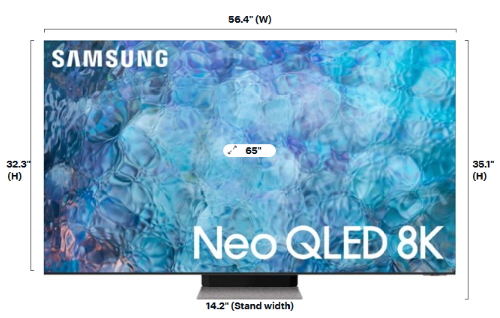
Samsung OLED 4K
Samsung - 65” Class S95B OLED 4K Smart Tizen TV
Model:QN65S95BAFXZA
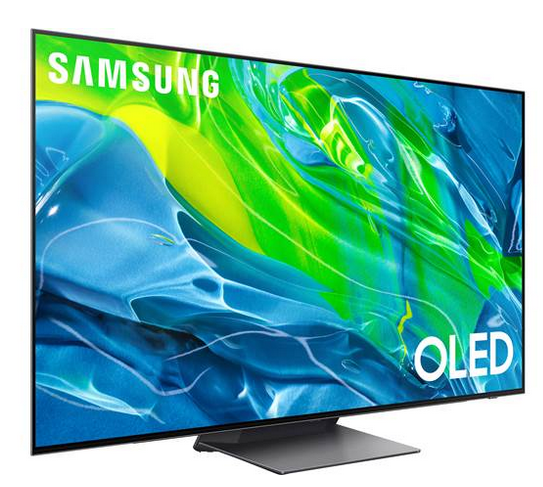
SAMSUNG TV Models 2022
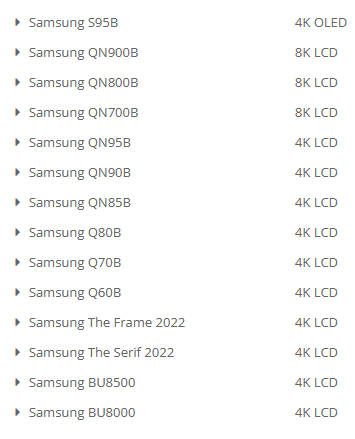
Best LG TV for 2022
LG 2022 TVs
LG will introduce new A2, B2, C2, G2, and Z2 OLED models to replace last year's A1, B1, C1, G1 and Z1.
Both C2 and G2 with be 'OLED Evo', which is not a specific panel according to LG but rather a combination of panel, video processing, and algorithms.
C2 will be brighter than last year's C1 due to 'OLED Evo' and a 'Brightness Booster' system while G2 will get 'Brightness Booster Max', which should
get even brighter enabled by a new heat dissipation solution.
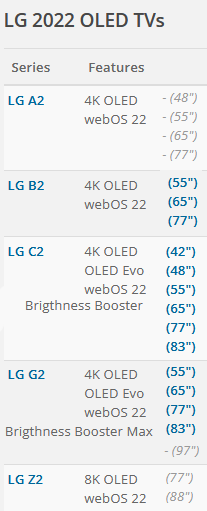
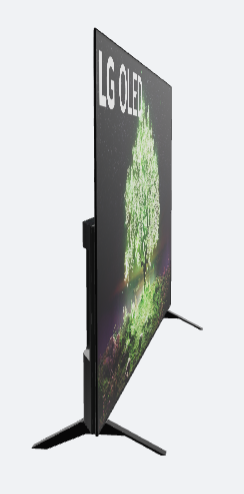
LG G2 OLED
• 55-inch OLED55G2PUA is available April 2022
• 65-inch OLED65G2PUA is available March 2022
LG TV Models 2022

SONY TV Models 2022
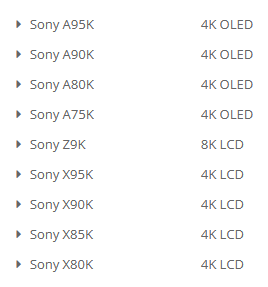
TV screen video resolutions
Video
Resolution | Description | Width
(in pixels)
| | 480i or 480p | Standard Definition (SD) | 640
| | 720p | High Definition (HD) | 1280
| | 1080i or 1080p | High Definition (HD) | 1920
| | 2160p | Ultra High Definition (UHD)
or 4K | 3840 |
| 4320p | Ultra High Definition (UHD-2)
or 8K | 7680 |
Is 4K better than 1080p?
A High Definition TV with 1080p resolution is composed of two million pixels (1920 x 1080), while a 4K TV (Ultra High Definition) has over eight million pixels (3840 x 2160).
Therefore, 4K has around four times more resolution than 1080p and produces a clearer picture.
Just because you have a 4K TV, does not mean you are viewing 4K. You need 4K content. There is 4K content available but it depends on the source. Most of the major streaming services, like Netflix, Amazon, iTunes and Vudu all have 4K available. There are also Ultra HD Blu-ray players and gaming consoles, like the Sony PS5 and Xbox Series X.
If you have a PC, many video cards from the last few years can render games at 4K.
TV Display Trends
Besides the trend for bigger and bigger displays, the displays are getting thinner, so thin there is no room for power supplies or cable connections.
Samsung has been offering their large displays with a "One Connect" box. This box contains the power supply and the cable connections. Then the box connects to the TV display with a single cable.
This way the array of input cables remain out of sight. The TV can look very clean with no unsightly cables except for the single "invisible" cable. Samsung makes a silver looking cable to blend in to decor.
The box can be close to the TV, behind the TV, or in a cabinet out of sight. Samsung makes several cables to connect the box to the TV depending on how close the box
is to the TV. If the box is next to or behind the TV, there is a very short black cable to connect the box to the TV. There are longer cables if the box is hidden away.
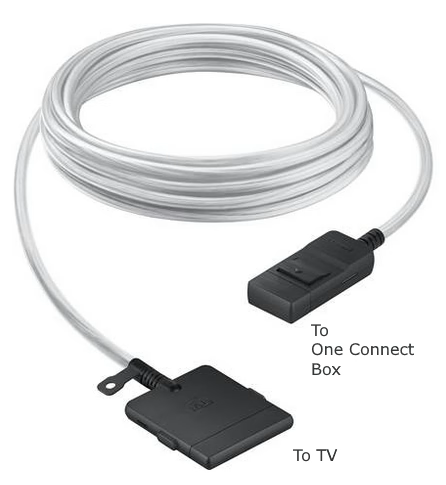
The box has all the HDMI inputs, antenna connection, optical audio output, plus the power cord connection.
8K TV
Are 8K TVs available? YES, Samsung and LG offer many models. Samsung has offered 8K TV since 2019.
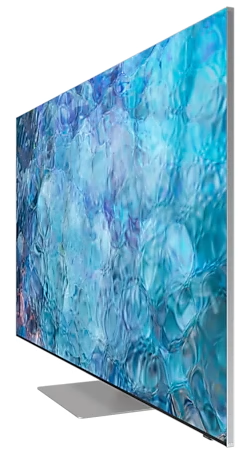
Samsung TV displays are LCD with LED backlight. They make up fancy names to market their products like QLED and Neo QLED.
Each year they make an incremental advancement for instance QLED is LCD with LED backlight and Neo QLED is basically the same technology except with smaller LEDs
for the backlight yielding slightly better viewing. Most people could not tell the difference.
In contrast, LG has gone with OLED for their high-end models. OLED is a
wildly different display panel technology as OLED does not need a backlight. OLED is more like Plasma displays in that the light comes from the display itself so no backlight is required.
OLED is much more expensive to manufacture than LCD and is subject to burn-in. OLED is not as bright but does have darker blacks.
TV Specs - What is available on modern flat panel displays
• Wi-Fi - WiFi5, WiFi6, WiFi6E
• Bluetooth - version 5.0, 5.1, 5.2
• Voice Control -
• Mobile to TV mirroring -
• NFC - Near Field Communication -
• Web Browser -
• Camera -
• Auto power Off -
• Multi-View - split screen 2, 4 or more screens in one display
• Surround sound decoder -
• Speakers -
• Inputs and Outputs - HDMI, ARC/eARC, USB 2.0, 3.0
• Tuners - ATSC 1.0, ATSC 3.0, NTSC, clear QAM
Tuner Channels (Analog) VHF: 2-13/ UHF: 14-69/ CATV: 1-135
Tuner Channels (Digital Cable) CATV: 1-135
Tuner Channels (Digital Terrestrial) VHF: 2–13/ UHF: 14–69 (14–36 for ATSC 3.0)
• Resolution -
• Refresh rate: What is a refresh rate?
Your TV picture is made up of many frames – a series of images displayed at an incredibly high speed.
Each time one image changes to the next frame, the screen refreshes. This is called a refresh rate and is expressed in Hz.
hertz is a unit of frequency. The number of hertz (abbreviated Hz) equals the number of cycles per second.
The higher the number, the more times the image refreshes per second. Movies are almost always filmed at 24 frames per second, or 24Hz.
Live TV shows at 30 or 60Hz.
Most TVs refresh at 60Hz, some midrange and higher-end models at 120Hz. Some older 1080p LCD TVs refreshed at 240Hz.
One benefit of a higher refresh rate is to reduce the motion blur.
• Video signal support - HDMI™ signal: 7680 x 4320 (60 Hz), 4096 x 2160p (24, 60 Hz), 3840 x 2160p (24, 30, 60, 120 Hz),
1080p (30, 60, 120 Hz), 1080/24p, 1080i (60 Hz), 720p (30, 60 Hz), 720/24p, 480p
• VESA pattern -
What are VESA Mount Standards?
VESA has developed a set of standards for the manufacturing of flat screen televisions and monitors.
Most manufacturers comply with this standard by adhering to an industry wide hole pattern on the back of the TV or monitor
for mounting purposes. The VESA hole pattern for flat panel displays can be one of the following sizes:
100 mm x 100 mm (100mm = 3.94 inches)
200 mm x 200 mm (200 mm = 7.87 inches)
400 mm x 400 mm (400 mm = 15.7 inches)
600 mm x 400 mm (600 mm = 23.6 inches)
800 mm x 400 mm (800 mm = 31.5 inches)
• Operating System - Sony - Android TV, Samsung - TIZEN,
LG - WebOS
• Processor - electronic chip inside TV which is central to the Smart TV operation.
• e-manual - available from the TV itself onscreen
• Weight - large displays can be heavy, over 100 lbs.
(more than one person may be required to move)
• Dimensions - a 65 in. display is approx.
(W x H x D) 56.4" x 32.3" x 0.7"
• Remote Control - solar charged
• LED backlit LCD TV Explained
• Easy
HDTV Hookup Guide
• How to clean TV screen
• HDTV
Screen Size
• 4K TV 4K
TV
Columbia ISA Audio/Video
Contact: columbiaisa@yahoo.com |
• Bluray
Players, internet-enabled, Netflix movie streaming
• Cable
Types, audio/video for TV, explanation
• Hookup
diagrams, TV, VCR, DVD, Digital cable box
• DVD
Players reviews and Guide
• VHS
to DVD copy VCR tape to DVD disc
• How
to Hookup an Audio Video Receiver
• ALL TV
|


